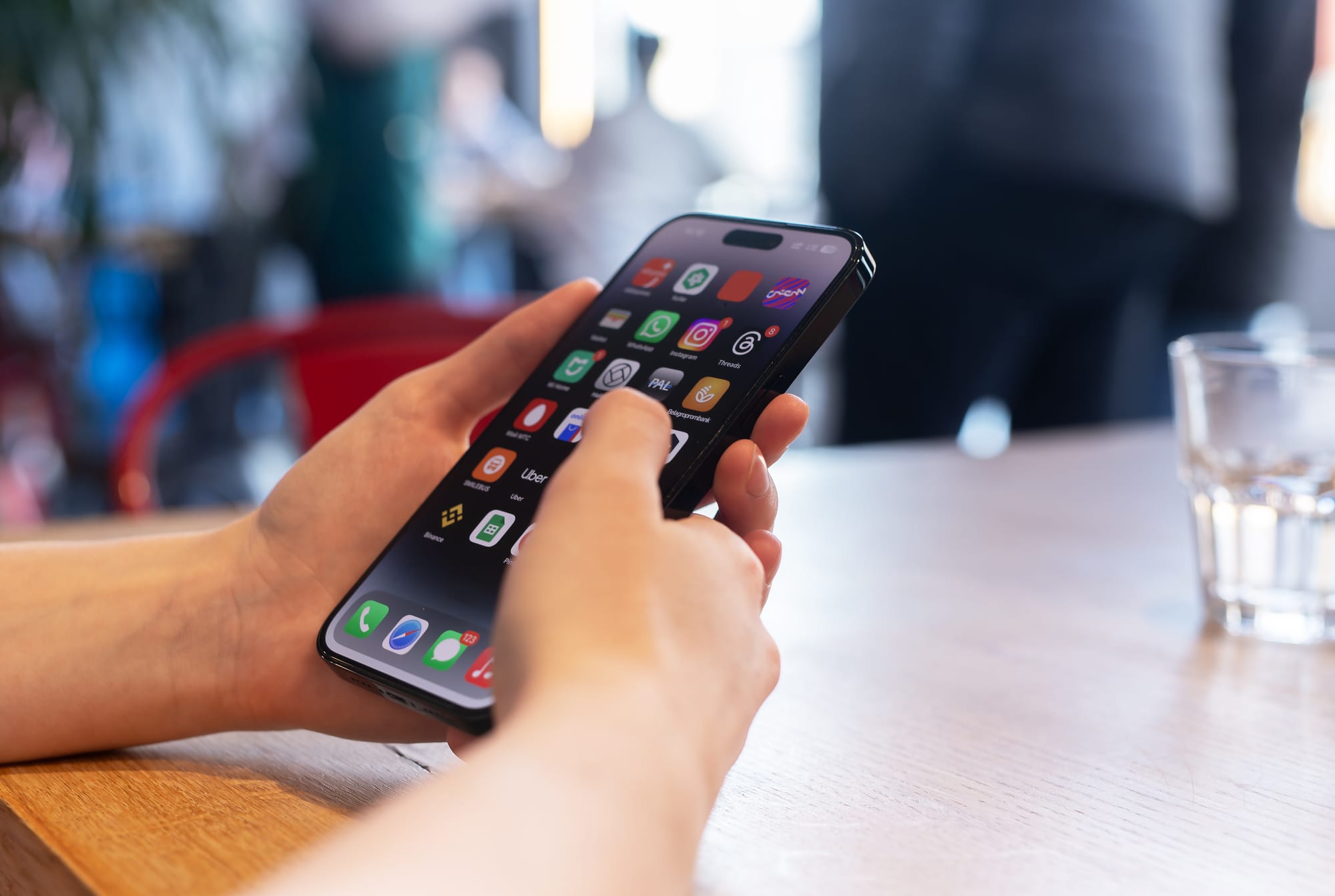The spring and summer have been filled with arduous labor for Apple workers, and the fruits of their toil shall soon be revealed. Much rejoicing of the owners of iPhones shall be heard throughout the towns and villages, for even the least among them shall now find the manifold blessings of artificial intelligence at their fingertips…
So, what does all that mean?
Three things: First, back in June, Apple and OpenAI announced their partnership to integrate ChatGPT into Apple’s ecosystem. This was a surprise to the many who thought that Apple had been stealthily working on its own ChatGPT-killer.
Second, on September 20, the iPhone 16 will be released, running on iOS 18.
Third, October will bring the release of iOS 18.1, which will support a season-long rollout of Apple Intelligence, which will include AI features that many iPhone users have long been waiting for. Additional AI functionality is set to be rolled out in early 2025.
Let’s look at each of these in turn.
What’s the deal with the OpenAI partnership?
It’s fascinating on several levels, including the aforementioned bombshell (at least to some Apple watchers) that the company was willing to partner up with OpenAI instead of going its own way in developing a competitor to ChatGPT, Claude, Gemini, and the rest.
Here are the seven most important points of the deal:
- No direct payments in either direction: Unlike a traditional licensing agreement, Apple is not paying OpenAI for access to ChatGPT, and OpenAI is not paying Apple for the integration.
- Mutual benefits: The agreement is built around the benefits to each company: Apple gains access to advanced AI capabilities for its users, and OpenAI receives exposure to Apple's huge user base.
- Non-exclusive: Apple is also in talks with other AI companies like Google and Anthropic for potential chatbot integrations.
- Promises of privacy: Requests to ChatGPT through Apple's services are not stored by OpenAI, and user IP addresses are obscured.
- Free access: Users can access ChatGPT features on Apple devices for free without creating an account.
- Subscription option: ChatGPT subscribers can link their accounts to access paid features within Apple's ecosystem.
- Model used: The integration will use OpenAI's latest GPT-4o model.
When’s the new iPhone coming out?
The iPhone 16 is rumored to have a release date of September 20. It’s definitely coming very soon. Best guesses are that its glitzy, Tim Cook-hosted launch party will be on the 10th of the month and that the phone itself is likely to go on sale 10 days after that.
Overall, it looks like the iPhone 16 will be an incremental upgrade, with nothing new about it that’s exactly earth-shattering. It’ll have a faster chip, an ever-so-slightly larger screen, a multi-function “Action Button” replacing the existing silent/ring button, and some new Photoshop-type functionality, among other new features.
But the big question for AI and Apple fans has long been this: What AI-driven innovations will the iPhone 16 include…and just how exciting will they be?
Speaking of which, what is “Apple Intelligence”?
For those who haven’t been breathlessly following the news this year about “Apple Intelligence,” the company describes it as “AI for the rest of us.”
What does that mean? Apple gave us a couple of early clues by suggesting that it “draws on your personal context while setting a brand-new standard for privacy in AI.” That may not sound very illuminating, but it actually provides a couple of big hints as to where Apple is going with this.
Think of Apple Intelligence as your own private Idaho where you can swim in quiet pools of your own musings, questions, and data, all the while knowing that your information is not being shared with any other parties. Sound good?
Unfortunately, there’s been a delay.
Earlier this month it became clear that Apple Intelligence would *not* make its appearance in time for the launch of the iPhone 16 in September. Instead – barring any additional delays – Apple’s “special recipe” of AI would begin its rollout in October and then trickle out over the following five or six months. Apple is now describing this rollout as “Coming in beta this fall.”
So, we have to wait for the really cool AI stuff?
Well, yes and no. Most of those who’ve had access to Apple Intelligence over the past several weeks have been underwhelmed by what they’ve seen so far. In other words, what iPhone users will see this fall isn’t the real exciting AI stuff that will come in 2025.
Bloomberg’s Mark Gurman suggested that we’ll primarily be seeing niceties and not necessities in Apple Intelligence this fall. As he put it, “There is nothing so compelling yet that would make an iPhone 14 Pro user upgrade to an iPhone 16 just for Apple Intelligence.”
And yet, good things are coming in October...
There will be some substantive uses of AI offered in iOS 18.1 this fall. These will seem most dramatic to those who haven’t regularly been using any generative AI tools, but they’re likely to be welcomed by everyone else, too, even those who’ll be muttering “It’s about time!” under their breath. Simply put, these AI enhancements will make using GenAI more seamless for everyone using an iPhone.
With that in mind, promised AI enhancements in the next couple of months can be grouped into the following four main categories:
I. Writing and language tools
- Proofreading, rewriting, and summarization
- Ability to instantly change the tone of the piece
- Ability to convert text into lists or tables
II. Productivity enhancements
- Improvements to the Notes app, including voice note transcription and summarization
- AI-powered suggestions and handwriting recognition in Notes and Reminders
- Intelligent email summaries, categorizations, and smart search in Mail
III. Image generation and editing
- Image Playground for creating AI-generated images throughout the OS
- AI-powered photo cleanup tools
- “Genmoji” tool for creating personalized emoji
IV. Enhanced capabilities of Siri
- Better natural language understanding
- Improved contextual awareness
- Ability to type queries in addition to using voice commands
How does all that sound? It may not be AI nirvana, but maybe it's taking a few steps in that direction?
The big picture
Despite the disappointment among many (including Apple investors) that Apple Intelligence will not make the hoped-for splash in September, I believe this is a fairly robust list of AI enhancements to bring to a world that is still overwhelmingly made up of those new to AI.
Sure, everyone’s been using the AI-driven algorithms on Netflix for years, of course, but the low percentage of people who are actively using AI in their day-to-day work or personal lives remains surprisingly – and disappointingly – low=. (We’ll do a deep dive into that issue another day.)
Ultimately, Apple’s high-profile delays in rolling out AI may have helped the company to stumble upon a winning strategy for bringing AI to the people.
When you’re teaching your 16-year-old how to drive, you don’t start with either the family Ferrari or Uncle Bob’s 18-wheeler. Those may come later, but that’s not where you start. You don’t overwhelm them with power, options or complexity. You start with baby steps, and you go from there.
Apple’s long-held strategy of focusing on customer privacy will help more of its customers feel comfortable using AI under Tim Cook’s umbrella. And the company’s de facto strategy of rolling out Apple Intelligence slowly – starting this fall and continuing into next spring – could be just the type of baby steps that millions and millions of new users of AI will warmly embrace as they take to the AI road for the first time.










